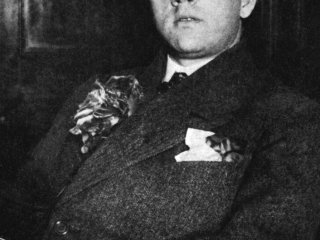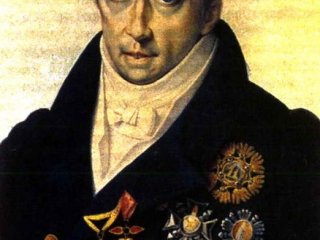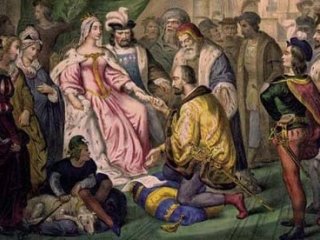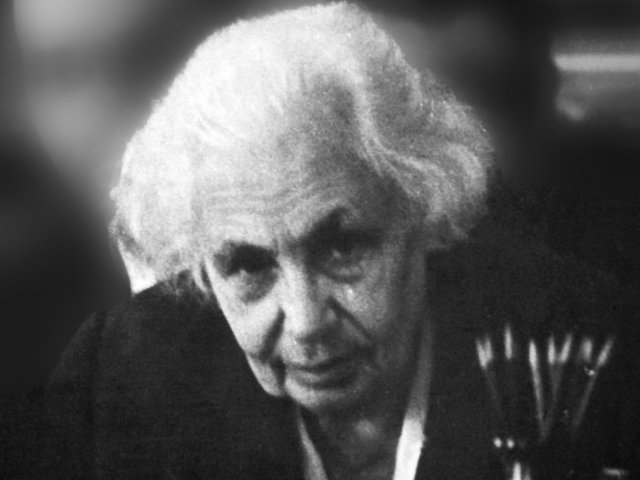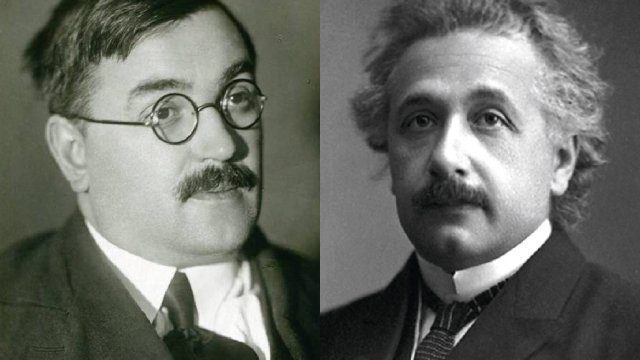
The smallpox virus arrived to Europe with Red Cross knights to become the horror of everyone – from ragamuffins to monarchs – for many centuries. People were looking for smallpox antidotes for centuries. And they found it – English doctor Edward Jenner suggested vaccinating people with cowpox. Jenner was severely criticized: people used to claim that the beastly disease would cause new terrible ailments, while vaccinated people would have horns that would grow spontaneously. However, despite all apprehensions, the streets of European cities were not full of people with horns, but pockmarked faces began to gradually disappear. The new trends reached our motherland too. This issue was especially relevant here: smallpox had killed Peter the Great to cut off the male branch of the imperial family. Like many other innovations in Russia, smallpox vaccination started from the top: On October 23, 1768, Catherine the Great showed her determination that, as she said, was demonstrated by every street boy in England. Doctor Dimsdale purposefully invited from Britain took smallpox from Russian patient Markov and administered it to the enlightened ruler. Young Aleksandr became a nobleman with the coat of arms and the surname Ospenny, while his coat of arms depicted a hand with a gaping wound. On the occasion of Her Imperial Majesty’s recovery after smallpox inoculation, they staged the ballet Defeated Prejudice in Saint Petersburg where Minerva, Ruthenia, the Genius of Science, Superstition, and Ignorance were dancing. The Russian Empire was an advanced country at that time: French King Louis XV did not undergo vaccination and died of smallpox. Catherine called it barbarism. For over two hundred years, every child in the civilized world would receive a pockmark on their shoulder to become protected from pockmarks on their face or death. This vaccination was cancelled in 1980 – the World Health Organization announced that the smallpox virus did not exist in nature. It still lives at laboratories: in Russia and in the USA.
